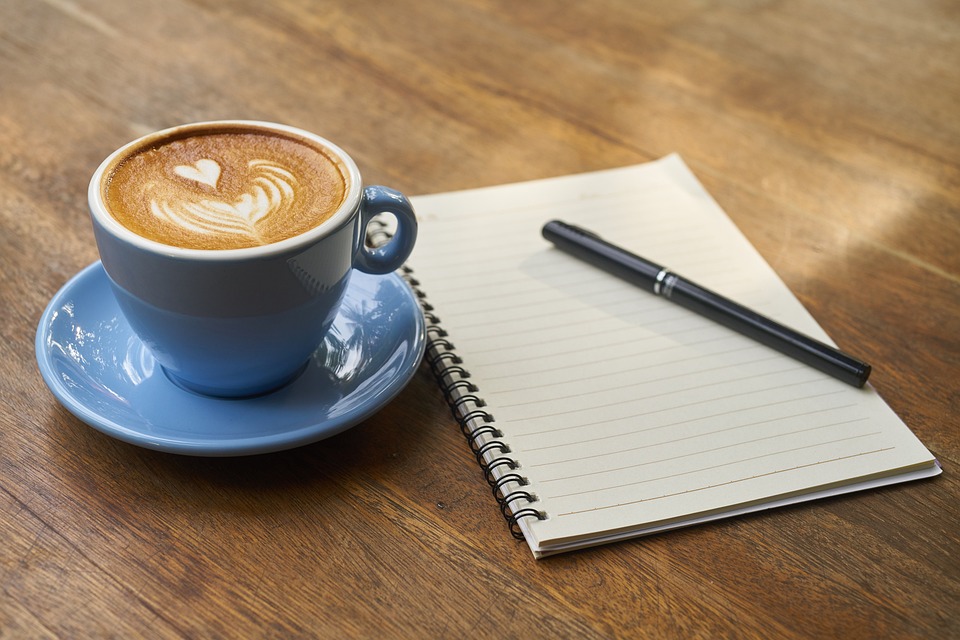From Bean to Brew: A Look Inside the Coffee-making Process

If you’re like millions of people around the world, you start your day with a cup of coffee. The rich aroma, bold flavor, and jolt of caffeine are what many of us rely on to kickstart our mornings. But have you ever stopped to think about how that cup of coffee is made? From bean to brew, the coffee-making process is a fascinating journey that involves multiple steps and a blend of art and science.
The first step in the coffee-making process is the cultivation of the coffee bean. Coffee beans are actually the seeds of the coffee plant, which grows mostly in tropical regions around the equator. The two main types of coffee beans are Arabica and Robusta, with Arabica being the more popular and higher quality variety. The plants are grown on plantations, where they are carefully tended to and harvested when the cherries are ripe.
Once the coffee cherries are harvested, they go through a process called milling. This involves removing the outer layers of the cherry to reveal the green coffee bean inside. The beans are then dried either in the sun or in large machines, depending on the climate and location of the plantation. After drying, the beans are sorted and graded based on size, color, and quality.
The next step in the coffee-making process is roasting. Roasting is where the magic happens, as the green coffee beans are transformed into the aromatic, flavorful beans we all know and love. During roasting, the beans are heated at high temperatures, which causes them to change color, release oils, and develop their characteristic flavor profile. Roasting is a delicate process that requires skill and precision, as even a slight variation in temperature or timing can drastically affect the final taste of the coffee.
After roasting, the beans are cooled and ground to the desired consistency. The grind size of the coffee beans will vary depending on the brewing method being used. For example, espresso requires a fine grind, while French press coffee requires a coarser grind. Once ground, the coffee is brewed by steeping the grounds in hot water and then straining out the liquid. There are various methods of brewing coffee, including drip, French press, espresso, and pour-over, each producing a unique flavor profile.
Finally, the brewed coffee is ready to be enjoyed. Whether you like your coffee black, with milk, or with a splash of sugar, there’s nothing quite like that first sip of a perfectly brewed cup of coffee.
FAQs:
Q: What is the best type of coffee bean?
A: The best type of coffee bean is largely a matter of personal preference. Arabica beans are generally considered to be of higher quality than Robusta beans, but some people prefer the bold flavor and higher caffeine content of Robusta beans.
Q: How should I store my coffee beans?
A: Coffee beans should be stored in an airtight container in a cool, dark place to preserve their freshness and flavor. Avoid storing coffee beans in the refrigerator or freezer, as they can absorb odors from other foods.
Q: How long do coffee beans last?
A: Coffee beans are best when consumed within 2-4 weeks of roasting, as they start to lose their freshness and flavor over time. However, properly stored coffee beans can last for several months before they begin to go stale.
Q: Can I grind my own coffee beans at home?
A: Yes, grinding your own coffee beans at home is a great way to ensure a fresh, flavorful cup of coffee. There are various types of coffee grinders available, from manual to electric, depending on your preference and budget.
In conclusion, the coffee-making process is a complex and fascinating journey that involves multiple steps and a blend of art and science. From bean to brew, each step plays a crucial role in creating that perfect cup of coffee that so many of us rely on to start our day. So the next time you take a sip of your favorite brew, remember the journey that coffee beans went through to reach your cup.









